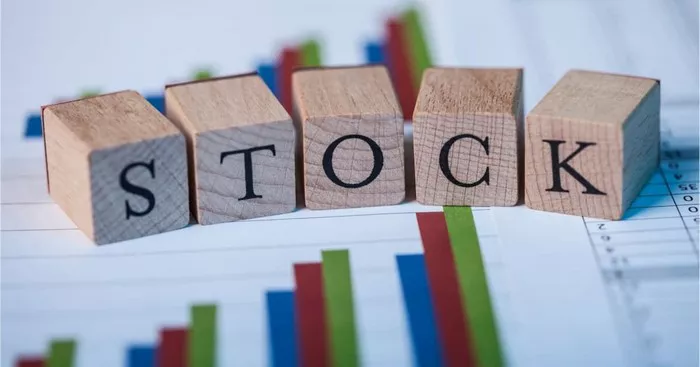Online trading has become increasingly popular in recent years. With advancements in technology, it is easier than ever to buy and sell financial assets from the comfort of your home. Whether you want to trade stocks, commodities, or cryptocurrencies, the online trading landscape offers many opportunities. This article will guide you through the steps to start online trading effectively.
Understanding Online Trading
Online trading refers to the buying and selling of financial instruments via an internet-based platform. This form of trading allows individual investors to access financial markets that were previously limited to institutional investors. The democratization of trading has opened the door for anyone with an internet connection and a desire to invest.
The Appeal of Online Trading
The primary appeal of online trading lies in its accessibility and convenience. Investors can trade at any time and from any location. Furthermore, online trading platforms often provide a wealth of information and tools to help users make informed decisions. However, it is essential to understand that online trading comes with risks. Proper knowledge and strategy are vital to successful trading.
Step 1: Educate Yourself
Before you start trading, it is crucial to educate yourself about the markets. Understanding the basics of trading and the factors that influence market movements will give you a solid foundation.
Key Concepts to Learn
Begin by familiarizing yourself with key concepts such as market orders, limit orders, and stop-loss orders. Learn how different markets operate, including stock markets, forex markets, and cryptocurrency exchanges. Additionally, understanding fundamental and technical analysis will enhance your trading decisions.
Resources for Learning
There are numerous resources available for learning about trading. Online courses, webinars, and books can provide valuable information. Many trading platforms also offer educational resources to help you get started. Take advantage of these tools to build your knowledge base.
Step 2: Choose a Trading Style
Different traders have different styles. Your trading style should align with your personality, risk tolerance, and financial goals.
Types of Trading Styles
There are several trading styles to consider. Day trading involves buying and selling assets within the same day. Swing trading focuses on capturing price movements over several days or weeks. Long-term investing is more about holding assets for extended periods, typically months or years.
Determining Your Style
To determine your trading style, consider how much time you can dedicate to trading. Day trading requires significant time and attention, while long-term investing may be suitable for those with less time. Assess your risk tolerance and choose a style that aligns with your comfort level.
Step 3: Select a Reliable Broker
Choosing the right broker is a crucial step in your online trading journey. A broker acts as an intermediary, facilitating your trades in the market.
Factors to Consider
When selecting a broker, consider factors such as fees, trading platform usability, and customer support. Ensure the broker is regulated by a reputable authority to guarantee the safety of your funds. Look for brokers that offer a range of financial instruments to trade, as well as educational resources and tools.
Opening an Account
Once you have selected a broker, you will need to open an account. This process typically involves providing personal information and verifying your identity. Many brokers offer demo accounts, allowing you to practice trading without risking real money. Use this opportunity to familiarize yourself with the trading platform.
Step 4: Develop a Trading Plan
A well-defined trading plan is essential for success. It outlines your trading strategy, goals, and risk management techniques.
Components of a Trading Plan
Your trading plan should include your trading style, target markets, and entry and exit strategies. Determine how much capital you are willing to invest and set realistic profit goals. Include risk management strategies, such as stop-loss orders, to protect your capital.
Testing Your Plan
Before executing real trades, test your plan using a demo account. This practice will help you refine your strategies and build confidence. Make adjustments based on your performance and continue to learn from each trade.
see also: How Much Can You Make With 100k in the Stock Market?
Step 5: Start Trading
Once you feel confident in your knowledge and strategies, it is time to start trading. Begin with small positions to minimize risks.
Executing Your First Trade
When executing your first trade, start by selecting the asset you want to trade. Analyze market conditions and determine your entry and exit points. Use limit orders or market orders based on your strategy. Monitor your trades and adjust as necessary.
Keeping Emotions in Check
Trading can evoke strong emotions, especially during periods of volatility. It is crucial to remain disciplined and stick to your trading plan. Avoid making impulsive decisions based on fear or greed. Consider setting daily or weekly limits to prevent emotional trading.
Step 6: Monitor and Adapt
The markets are constantly changing, and so should your trading strategies. Continuous monitoring and adaptation are key to long-term success.
Analyzing Your Performance
Regularly review your trades to analyze your performance. Identify patterns in your successes and failures. This analysis will help you refine your strategies and improve your decision-making.
Staying Informed
Stay updated on market news and economic events that could impact your trading. Follow relevant financial news and analysis to make informed decisions. Join online trading communities to share experiences and learn from others.
Conclusion
Starting online trading can be an exciting journey. With the right knowledge, a well-defined trading plan, and the ability to adapt, you can increase your chances of success. Remember that trading involves risks, and there are no guaranteed profits. Take your time to learn and grow as a trader. By following the steps outlined in this article, you can embark on your online trading journey with confidence. Always be prepared to adapt your strategies and learn from your experiences, as this will be essential for achieving long-term success in the dynamic world of online trading.
Related topics:


